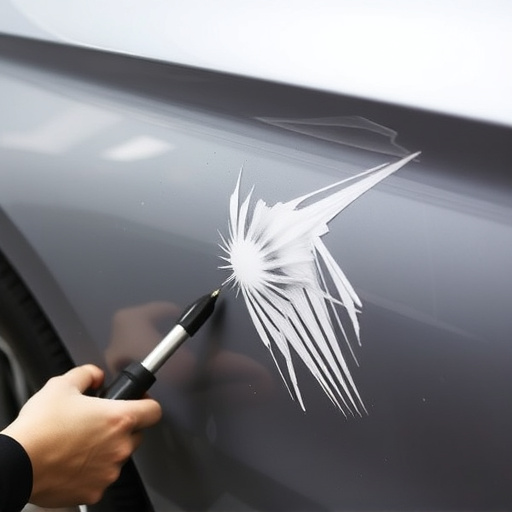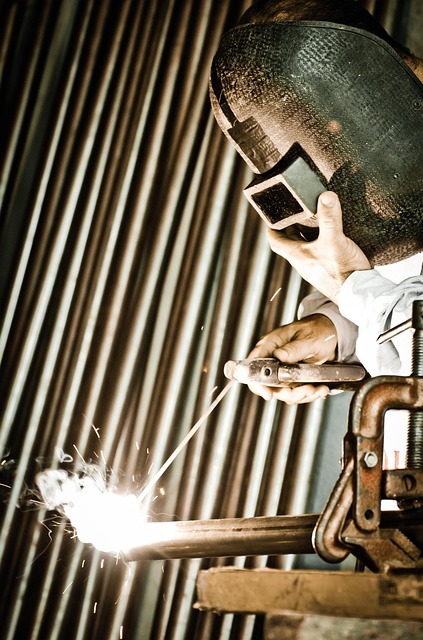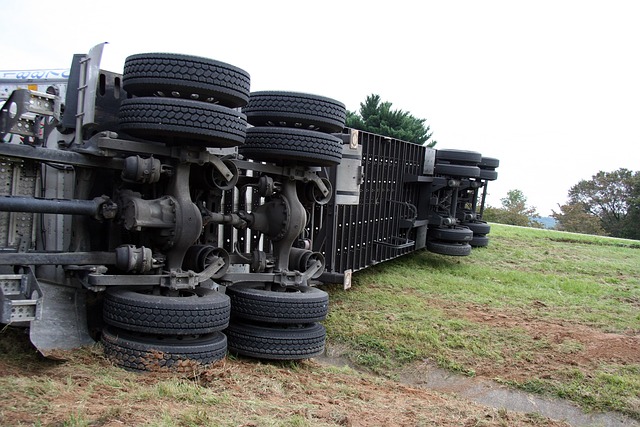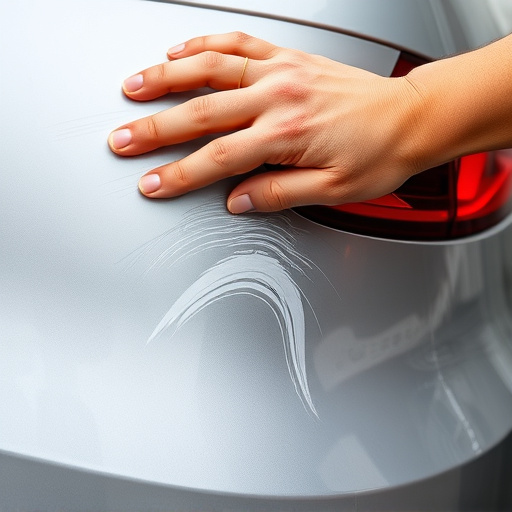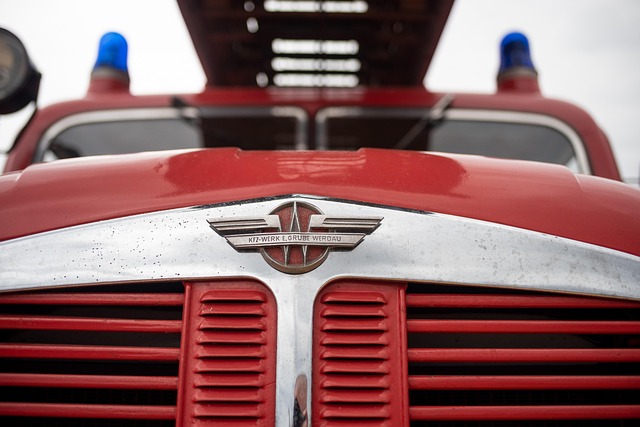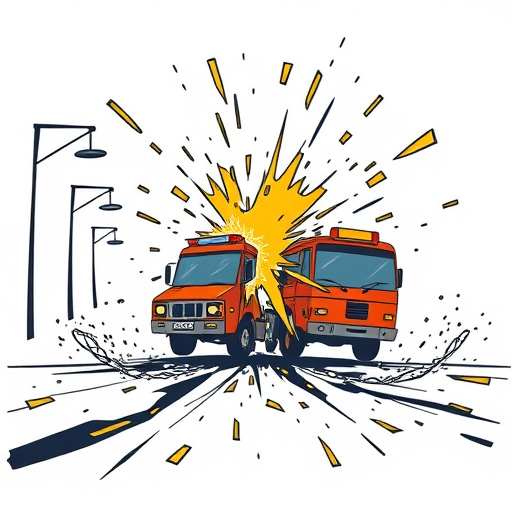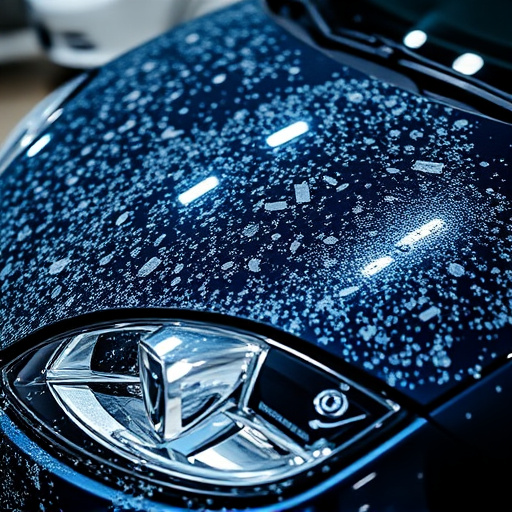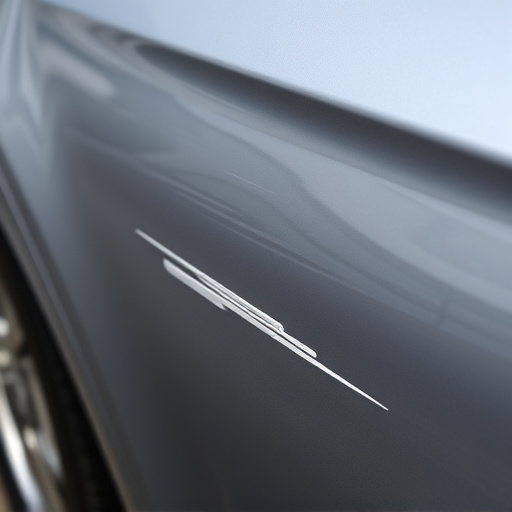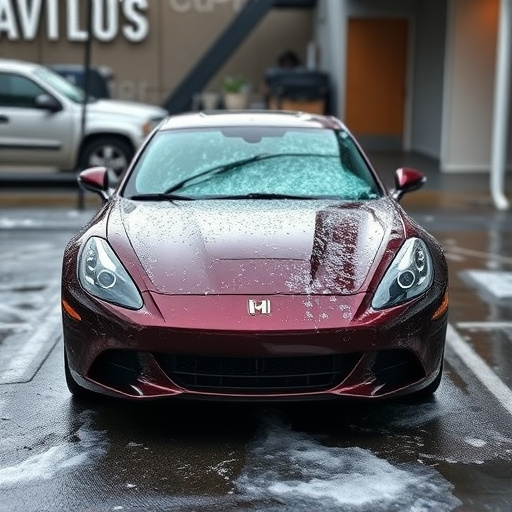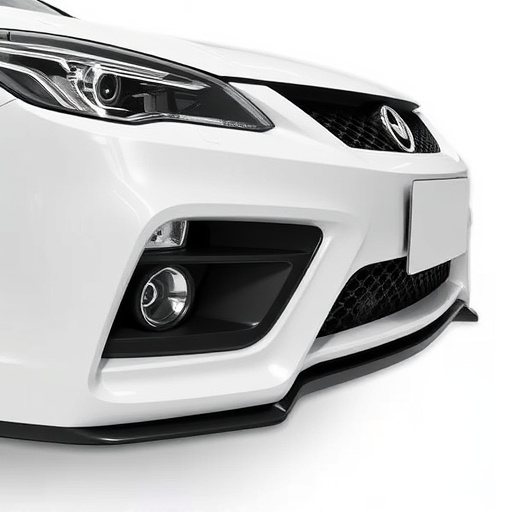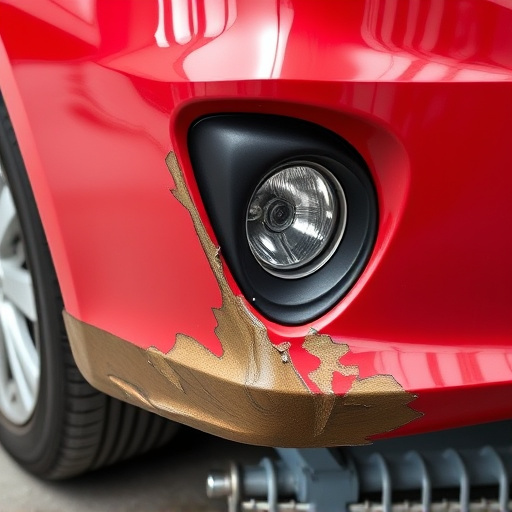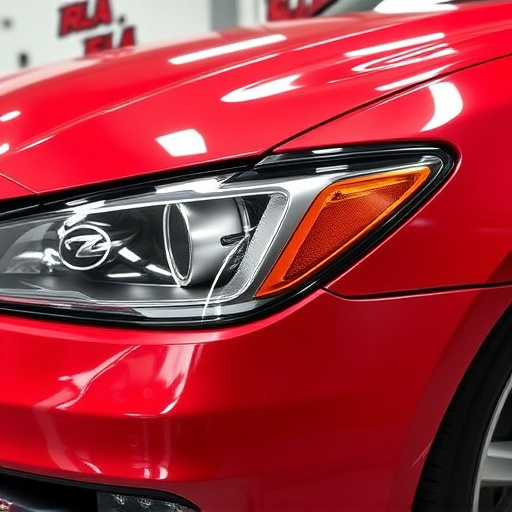Tri-coat paint repair, a professional auto body service, utilizes three layers for durability and color matching. Skilled technicians mix colors precisely using advanced technology and manual methods to match original finishes. Standardized tools, thorough inspections, and adherence to guidelines ensure consistent, seamless repairs meeting customer expectations.
“In the realm of automotive restoration, tri-coat paint repair services stand out as a game-changer. This meticulous process requires a deep understanding of complex color matching to ensure a flawless finish. Our article guides you through the intricacies of tri-coat paint systems, equipping you with valuable insights into tools, techniques, and tips for achieving precise color matching. From recognizing paint layers to mastering blend techniques, discover the secrets to consistent, high-quality tri-coat paint repair results.”
- Understanding Tri-Coat Paint Systems
- Tools and Techniques for Matching Colors
- Tips for Achieving Consistent Results
Understanding Tri-Coat Paint Systems
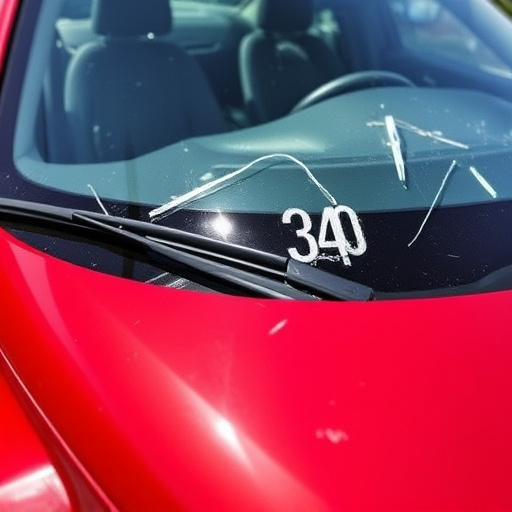
Tri-coat paint systems are a common approach to vehicle bodywork and fender repair, especially in auto repair shops. Unlike traditional single-layer paints, tri-coat systems involve three distinct layers—basecoat, middle coat (or primer), and topcoat—each serving a specific purpose. This layered design enhances durability and provides a more precise color match during paint repairs.
Understanding these layers is crucial when undertaking tri-coat paint repair services. The basecoat primes the surface, ensuring proper adhesion for subsequent coats. The middle coat fills in imperfections and adds an extra layer of protection. Finally, the topcoat delivers the desired color and shine, making it vital to choose the right shade that perfectly matches the vehicle’s original finish. This meticulous process, when executed by professionals, ensures not just a visually appealing repair but also long-lasting results for your auto repair near me needs or any vehicle bodywork concerns.
Tools and Techniques for Matching Colors
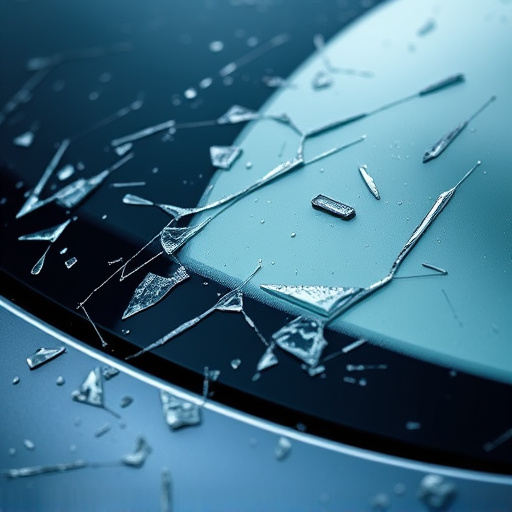
When it comes to tri-coat paint repair services, achieving a flawless color match is an art. Professionals rely on a range of tools and techniques to ensure the restored surface looks as good as new. One essential tool is a high-quality color matching system that utilizes advanced technology to analyze and reproduce exact shades. These systems often involve spectrophotometers, which measure light absorption and reflectance, providing precise data for replication.
Additionally, skilled technicians employ manual methods, such as mixing pigments and adjusting formulations to create the desired hue. They carefully examine the damaged area, neighboring panels, and the overall vehicle’s paint history to make informed decisions. In auto body repairs, attention to detail is key; a subtle difference in tone or shade can be noticeable, so technicians must be diligent in their approach, ensuring the final finish is both aesthetically pleasing and durable for the entire automotive body work process.
Tips for Achieving Consistent Results
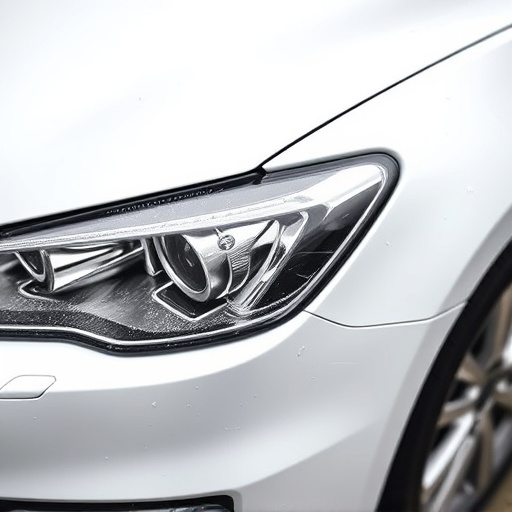
Achieving consistent results in tri-coat paint repair is paramount for professional automotive body shops. To ensure accuracy, use standardized measurement tools and always refer to the original vehicle’s specifications. Before starting any repair, thoroughly inspect the damaged area, taking note of the extent of the harm and any unique variations in the surrounding paintwork.
For seamless integration, match the colors precisely using a color matching system or device. These tools allow for an exact replica of the car’s original shade, avoiding noticeable differences that could compromise the repair’s quality. Remember, consistent practice and adherence to these guidelines will lead to flawless tri-coat paint repair in automotive collision repairs, ultimately satisfying customers with their vehicle’s restored aesthetic.
When undertaking tri-coat paint repair services, a meticulous understanding of the system’s layers and careful selection of matching colors are essential. By utilizing the right tools and techniques, as outlined in this article, professionals can achieve consistent, vibrant results that restore vehicles to their original gloss. Remember, precise color matching is an art, and with practice, you’ll become a master at revitalizing paintwork with tri-coat repair methods.
